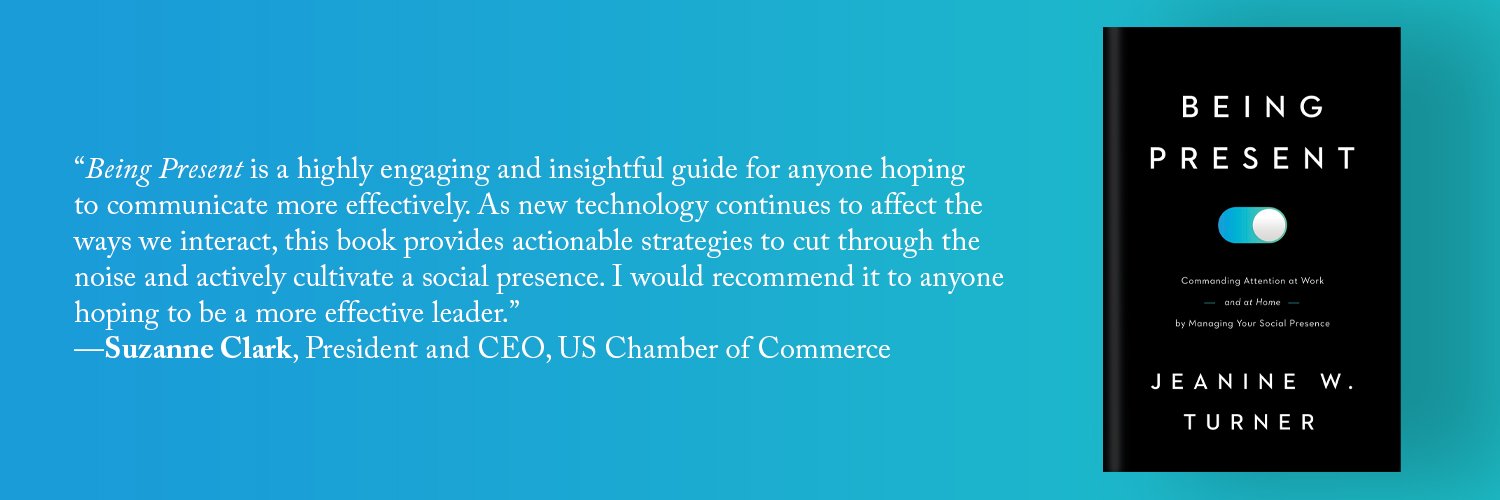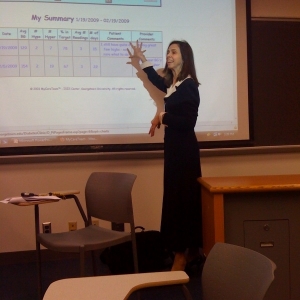Dedicated to understanding presence and how it is communicated through teaching, research, and service.
What does it mean to be present with another person? How can we use words and visuals to engage an audience? How does communication technology facilitate and constrain our ability to communicate? These are questions that guide Jeanine’s research and teaching as a Professor in the Communication, Culture and Technology Program at Georgetown University. Her research has examined healthcare, education, and business contexts. Jeanine has taught thousands of students, and consulted with Fortune 100 companies and their leaders on effective messaging and developing presence.
Available at Georgetown University Press, Amazon, Barnes & Noble
Teaching
Over the past twenty years, Jeanine has taught courses in the graduate programs of the Communication, Culture, and Technology Program and the McDonough School of Business
Research
Communication technology provides the disruptive element that offers a window into the way we process and practice interaction both interpersonally and organizationally. Jeanine's research explores multicommunicating, telemedicine, and distance education.










Social Presence Attention to our messages seems to be vanishing. Whether it is in our workplace, our teams, our customers, our families, or our friends, it is increasingly more difficult to break through the digital devices that get in the way of communication. Additionally, the ubiquity of digital devices means that people are often participating in multiple conversations at once – or multicommunicating. As a result, your ability to be socially present with an audience requires first an intentional approach to attentional presence. How do you craft and control your communication taking into consideration other conversations that are going on simultaneously? Do you ask for the technology to be put away? Establish ground rules? What are your tactical choices when facing ubiquitous digital communications? And what about using them to your advantage—how can you facilitate information sharing in the midst of this over-mediated context? Jeanine's research provides guidance by exploring four primary communication choices for attentional presence available to communicators.